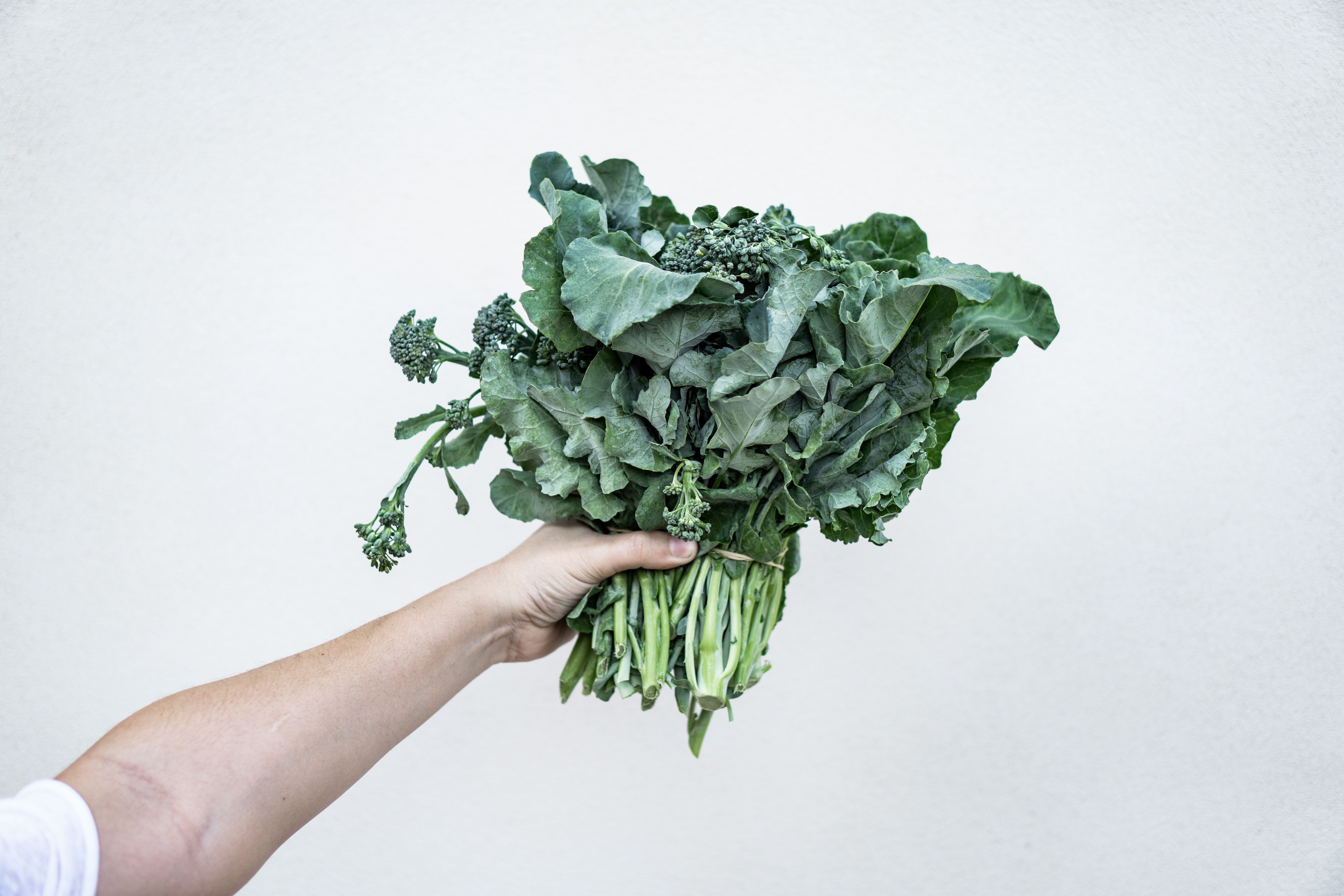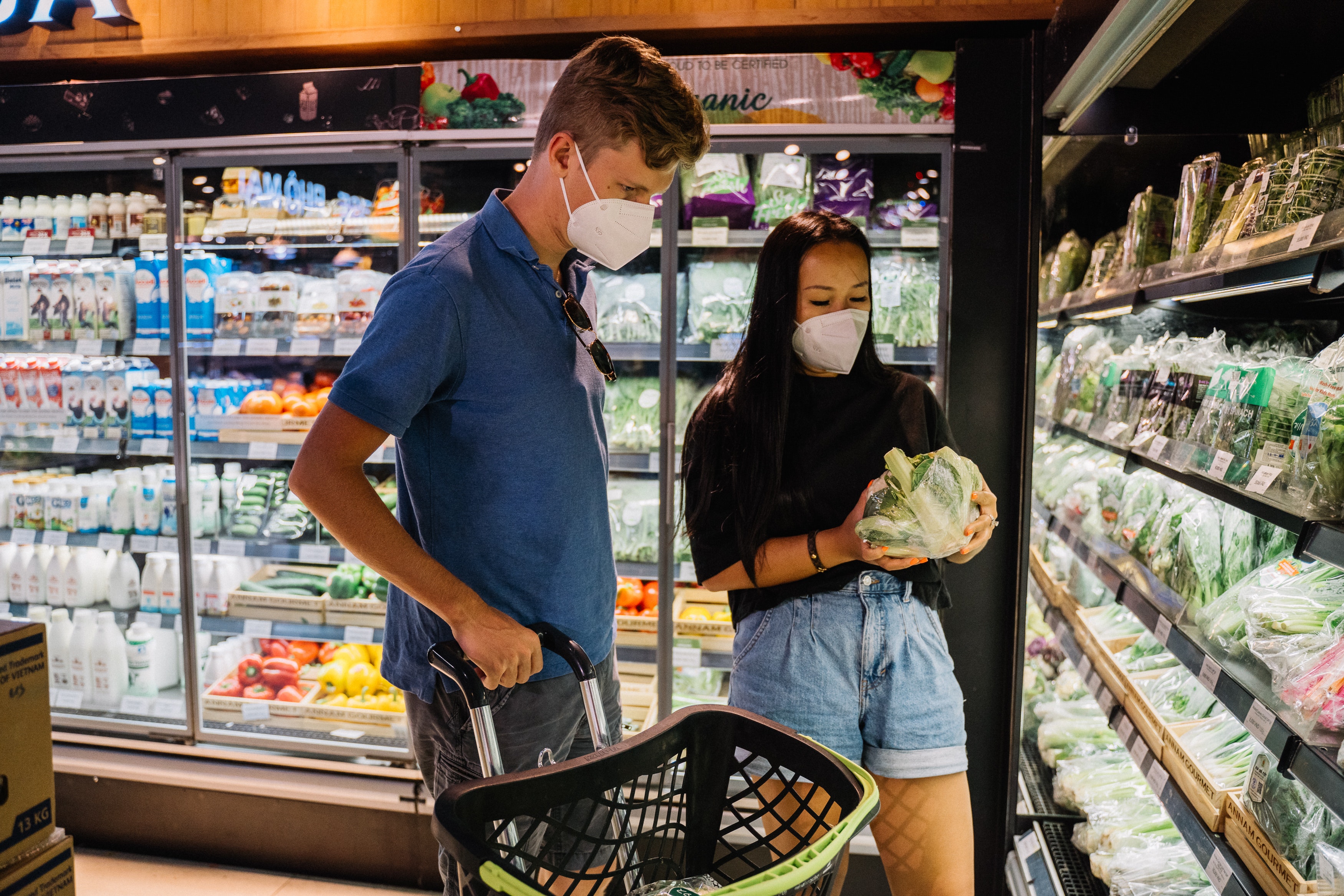Keeping Lettuce and Other Greens Safe
go.ncsu.edu/readext?823862
en Español / em Português
El inglés es el idioma de control de esta página. En la medida en que haya algún conflicto entre la traducción al inglés y la traducción, el inglés prevalece.
Al hacer clic en el enlace de traducción se activa un servicio de traducción gratuito para convertir la página al español. Al igual que con cualquier traducción por Internet, la conversión no es sensible al contexto y puede que no traduzca el texto en su significado original. NC State Extension no garantiza la exactitud del texto traducido. Por favor, tenga en cuenta que algunas aplicaciones y/o servicios pueden no funcionar como se espera cuando se traducen.
Português
Inglês é o idioma de controle desta página. Na medida que haja algum conflito entre o texto original em Inglês e a tradução, o Inglês prevalece.
Ao clicar no link de tradução, um serviço gratuito de tradução será ativado para converter a página para o Português. Como em qualquer tradução pela internet, a conversão não é sensivel ao contexto e pode não ocorrer a tradução para o significado orginal. O serviço de Extensão da Carolina do Norte (NC State Extension) não garante a exatidão do texto traduzido. Por favor, observe que algumas funções ou serviços podem não funcionar como esperado após a tradução.
English
English is the controlling language of this page. To the extent there is any conflict between the English text and the translation, English controls.
Clicking on the translation link activates a free translation service to convert the page to Spanish. As with any Internet translation, the conversion is not context-sensitive and may not translate the text to its original meaning. NC State Extension does not guarantee the accuracy of the translated text. Please note that some applications and/or services may not function as expected when translated.
Collapse ▲Leafy Green Recalls
When we talk about food safety and foods that have been recalled in the past, one item that pops into our heads right away is lettuce and other leafy greens. When I planned this series for National Food Safety Education Month, the safety of these foods was one of the topics on my list to include.
I just didn’t expect it to be so timely.
As I began to write this column I became aware of another recent recall that involved a leafy green. This time it is kale. The recall includes 1-pound plastic bags of kale. The potential contamination is a pathogen called Listeria monocytogenes.

This kale was distributed in eleven states including North Carolina. The best-by dates on these products is September 18. Even though it’s past this date, some folks may still have some of this kale in their fridge. If you do, don’t eat it. You can check the Food and Drug Administration website for recalls to see the specific brands. The contamination was found during testing and fortunately there have been no reported illnesses.
I know hearing about this recall causes continued concerns about the safety of all of these products. But, I hope that it doesn’t stop you from buying and eating fresh fruits and vegetables. We all know that these foods are an important part of a healthy diet. There are some things being done and that you can do to protect yourself and your family from a foodborne illness and still get these healthful foods into your meals.
Lettuce Info
I found a lot of info on this topic on the Lettuce Info website. This website was developed by a group called the California Leafy Greens Marketing Agreement (LGMA). This organization was developed as a response to previous foodborne illnesses associated with lettuce and leafy greens. Their role is to ensure that farmers are following a set of science-based food safety practices to prevent foodborne illnesses.
One statement on their website: “no one wants to put an end to lettuce recalls and outbreaks more than the farmers who grow lettuce” really hit home to me. These farmers are committed and work hard every day to make sure their products are safe. Some of these procedures involve regular visits from government officials and auditors. These checks include water testing, the safety of fertilizers and compost, sanitation of equipment, and worker hygiene. Check out their website for details and also consumer tips.
Consumer Tips
Us consumers play a role, too, by safely handling lettuce and all leafy greens from the store to the table.
- When buying greens, look to see that the leaves are fresh and free from damage. Greens should be refrigerated at the store or market.

- Keep the greens away from raw foods such as meat, fish, and poultry in your shopping cart and bags.
- Chill the produce as soon as you get home.
- Wash hands and countertops before beginning to prepare these greens.
- Rinse greens in cool water and pat dry with a clean towel or paper towel or use a salad spinner to get rid of moisture. There is no need to use a chemical, soap, or commercial wash product on greens. Researchers at the University of Maine found that these products were no more effective than simply a good wash with water.
- Throw away any bruised, damaged, or potentially cross-contaminated produce. Read and heed the “best-by” dates on bagged produce.
- It’s not necessary to wash greens labeled “ready to eat” or “triple washed.” You may actually cause more problems through cross-contamination if you do.
- To avoid cross-contamination, throw away any fruit or vegetables that have touched raw meat, poultry, seafood, or eggs. Use separate cutting boards.
- Throw away any fresh fruit and vegetables that have not been refrigerated within two hours of cutting, peeling, or cooking.
The safety of our food supply is everyone’s responsibility. Thank you for taking some time during Food Safety Education Month to learn about what is happening and what you can do to keep our food safe
Sources:
US Food and Drug Administration
Food Safety News and Partnership for Food Safety Education
Cheryle Syracuse wrote this article and more similar ones for the Family and Consumer Sciences Column in the Brunswick Beacon. Syracuse is an FCS team member and can be reached at N.C. Cooperative Extension, Brunswick County Center, 910-253-2610 or by email at cheryle_syracuse@ncsu.edu.



